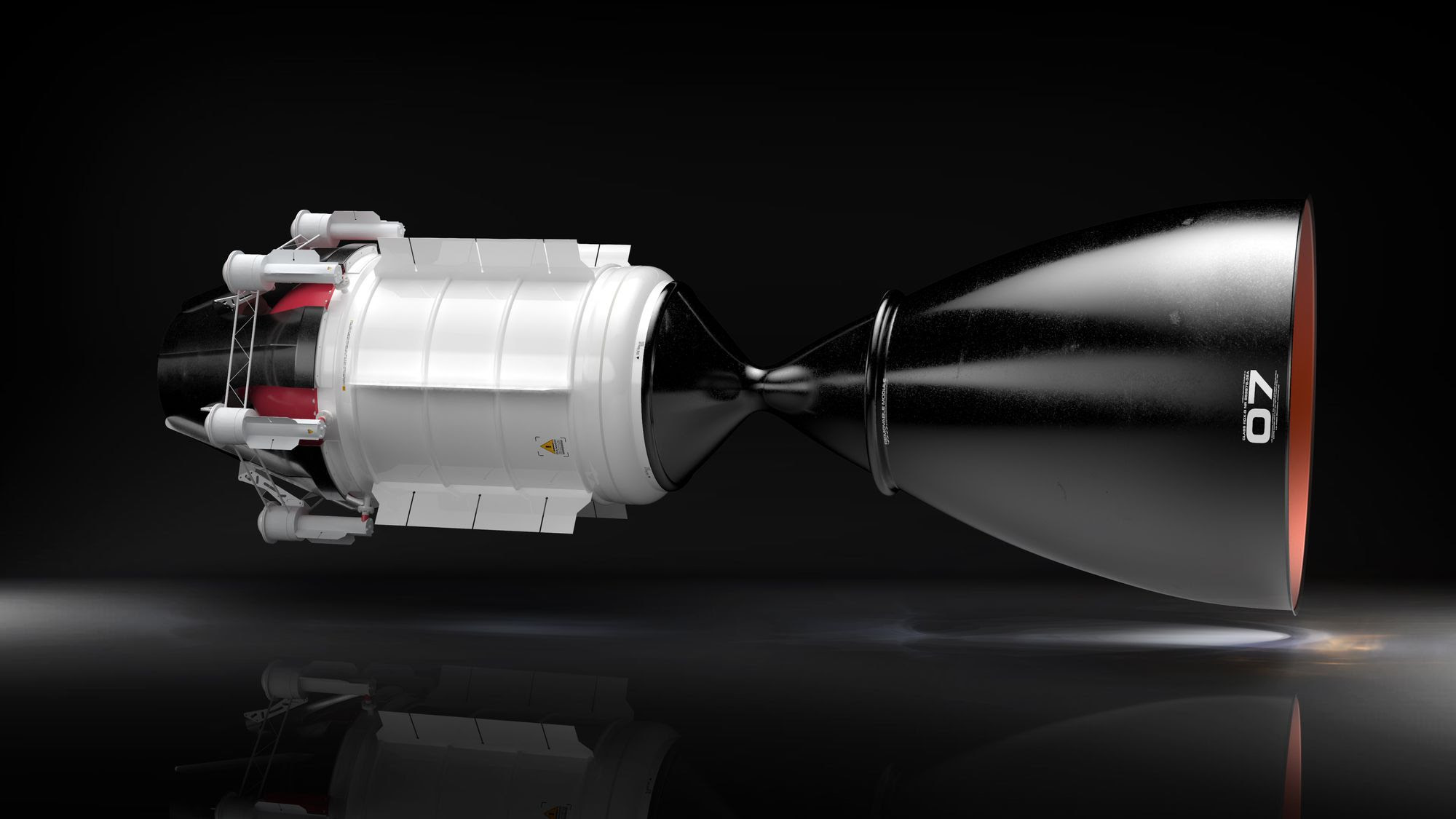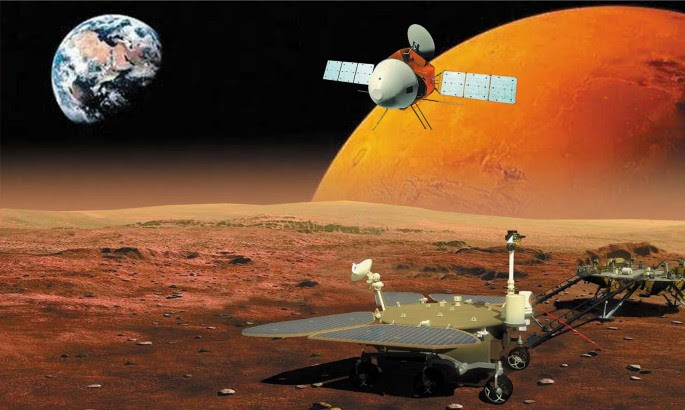One of the major drawbacks of space travel is the time needed to connect the Earth to another planet, it takes, for example, about 7 months to reach Mars. A Seattle-based company, Ultra Safe Nuclear Technologies, has proposed the use of a nuclear thermal engine, the NTP, which would make it possible to travel 225 million kilometers from Earth to Mars in 3 months.
According to Michael Eades, director of engineering at USNC-Tech, an NTP engine is more powerful and twice as efficient as conventional chemical propulsion. The chemical engines currently used allow the round trip to be completed in 3 years according to Jeff Sheehy, chief engineer of NASA’s Space Technology Mission Directorate, and NASA wants to reduce the duration of the trip in order to limit the time astronauts are exposed to space radiation, which can cause cancer, central nervous system disorders or degenerative diseases.

The NTP engines would make it possible to meet this objective that NASA has set. This type of engine uses a nuclear reactor to generate heat from uranium and the energy thus obtained will heat a liquid, often liquid hydrogen, which will be transformed into a gas and cause the propulsion of the rocket. This propulsion should make it possible to carry out journeys twice as long as those with a traditional propulsion, a round trip to Mars being able to take less than 2 years.
The main difficulty is to find a uranium-based fuel able to resist the extreme heat of a nuclear reactor. The company USNC-Tech says it has created a fuel containing silicon carbide, which allows it to both operate at temperatures up to 2,700 Kelvin, about 2,400˚C, and form a gas-tight barrier, so astronauts would be protected from the possible escape of radioactive products.
NASA believes this type of reactor is a suitable solution for the manned trips to Mars it hopes to make by 3035. The question of radiation emitted by the nuclear engine could be solved according to Michael Eades by the layout of the rocket, by storing the propulsion liquid between the engine and the habitable zone so that it acts as an anti-radiation shield. Jeff Sheeby specifies on his side that all the current projects place the living quarters opposite the reactors to increase the distance between the two and increase the protection.
Moreover, the personnel on the ground would not be subjected to radiation because the rockets using this type of propulsion would be systematically put into orbit by a traditional launcher, the nuclear engine only starting to function once in space. Finally, in the event of an explosion, NASA estimates that it would take several tens of thousands of years for a radioactive part to fall back on a planet, which would give the radioactivity time to disappear.
While Michael Eades believes that the nuclear engine could eventually reduce the trip from Mars to Earth to 90 days and promote space tourism, Jeff Sheeby reminds us that this technology will not be usable for at least 20 years and before pilots have been able to train and become accustomed to using nuclear propulsion.https://www.
The main reasons for these limited tests were the difficulty of developing small nuclear reactors, the cost of development, and toxic waste management. In August 2019, President Trump signed a memorandum authorizing NASA to define safety rules for sending spacecraft containing nuclear technology.
Procedures have since been streamlined to encourage the development of this technology, and the amount allocated for nuclear propulsion research now stands at $225 million. The engines being developed are similar to those used in nuclear submarines, and NASA is also studying a nuclear electric propulsion system. This will involve using a nuclear reactor to power an electric propulsion system, like those used for satellites. This solution appears to be three times more efficient than nuclear technology with thermal propulsion, but a prototype has yet to be built to confirm this hypothesis.




Comment here